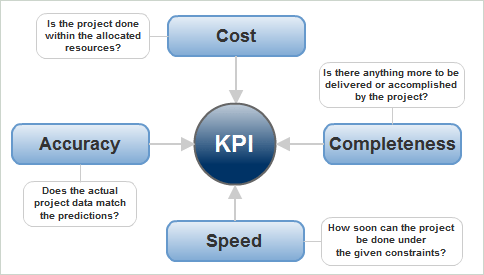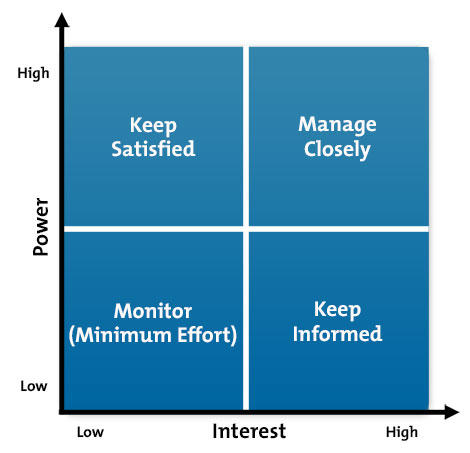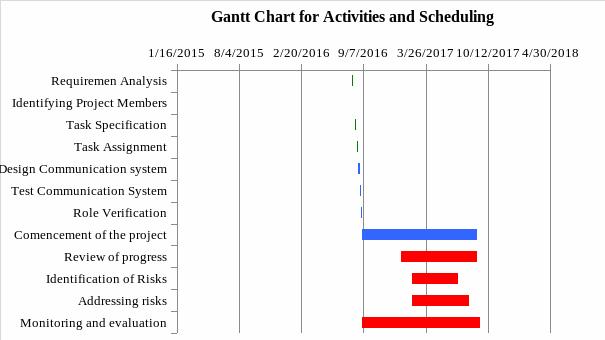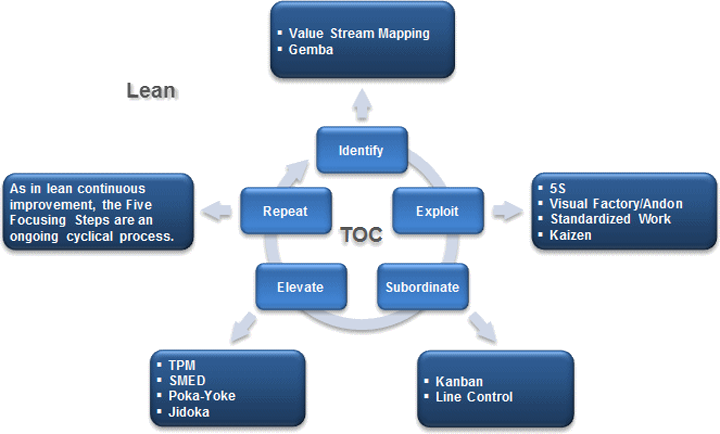Executive Summary
This project aims to create a business case for establishing a Dundee tram system. The city is planning to develop a new tram system and it is necessary to come up with a project plan that will ensure that this objective is achieved within the set timeline and with the available resources. In this plan, the individual activities in the project have been identified and the time within which they should be completed is specified. The plan has also specified how risks and constraints should be dealt with to ensure that the desired success is achieved.
Introduction
The tram system is one of the transport systems that are growing in popularity not only in Europe but other developed and fast-developing economies around the world. This transport system is considered efficient in eliminating traffic jams on our roads and lowering the overall cost of transport. The City of Dundee is one of the fastest developing cities in Scotland and its population has been rising consistently over the past few decades (Barker & Cole 2012). As such, it requires an effective transport system that will enhance the speedy movement of people and goods from one point to the other.
In 2013, the top officials of Dundee City Council rejected a £20 million project proposal to construct a new tram system citing the high cost of the project and the low income that would be expected. However, recent developments clearly show that time has come for the city officials to reconsider their position and commission a new project that will improve transportation in this city.
The proposed tram system will focus on improving the existing system and introducing new routes to increase the connectivity of the entire system. In this proposal, emphasis will be laid on performance management, constraints and risks, resource management, and factors that may lead to either success or failure of the project.
Project Objectives
According to Kerzner (2013), when developing a plan for a project, one of the most important issues that must be taken into consideration at the initial stages is the definition of project objectives. Project objectives help in defining the path, deliverables, and any possible challenges expected when implementing a project. In this project, the following are the project objectives that will guide the entire process of developing the plan.
The main objective will be to develop an effective project plan for a new Dundee City tram system
- To ensure that the above main objective is achieved, the following goals will have to be realised.
- To define the resources and time needed to undertake the project successfully.
- To identify specific stakeholders that will be involved in the project, clearly defining the roles they shall play.
- To identify challenges and possible factors that may lead to failure, and discuss how they can be managed.
- To identify factors that may improve the chances of achieving greater success in this project.
Performance Measurements
The planned project is very critical to the development of Dundee City and the leaders of the city are committing a lot of resources to ensure that it achieves the desired result. As such, it will be necessary to come up with an effective performance measurement strategy that will help in determining if the progress made in the project is leading to the desired outcome.
As Snyder (2013) says, several instruments can be used to assess the performance of a project. In this case, the researcher proposes the use of Key Performance Indicators to assess the performance of the project when it is finally initiated. The figure below shows the KPI model that will be appropriate in measuring the performance of this project.

As shown in the above model, there are four main areas of interest when conducting performance measurement of a given project. The first area is the cost. It is estimated that the project will be worth about £25 million after factoring in the expected inflation. This money will be allocated to specific activities in this project, from the planning to initiation and finally evaluation stages of the project.
The project should be completed using the allocated resources. The project management team will be keen to avoid the mistakes made during the construction of Edinburgh’s tram system where the cost of the project doubled more than three times of the planned budget. To manage the cost, the project management unit will need to ensure that each activity is completed as per the set guidelines and with the resources set for the activity.
The second parameter is the accuracy in meeting the set goals and objectives. The overall objective of the project is to develop a city tram system that will improve the ease of movement of people and goods from one part of the city to the other. When this project is completed, this objective should be achieved. However, this can only be possible if each activity within the project is completed successfully and within the set timeline and with the use of the set resources.
The entire project will be broken down to individual activities as discussed in the section below. Each activity will be monitored by various supervisors specialised in different areas in the entire construction process. The project manager will be receiving a regular briefing from the supervisors about the progress of the project. Any delays must be avoided and mistakes identified and corrected before they can have any significant impact on the overall success of the project.
Speed is another parameter of the performance measurement that will be given serious consideration in the project. According to Barker and Cole (2012), mega projects such as the construction of roads and rails should often be completed in time to ensure that the returns are generated within the specified period. In this project, taxpayers’ money will be committed to the project, and it is expected that the return on investment will be fully made after a specified period.
If any delays are encountered, then it may take long before the city can recover the investment made in this project. Each of the activities in this project, discussed below, has a specific timeline, and the supervisors will be responsible for ensuring that everything is completed in time. All the people involved in this project should be ready to work for extra hours in case it is determined that a delay may arise in a given activity. Teamwork is particularly very important in ensuring that the project is completed within the set deadline.
The final parameter is the completeness of the project as per the set goals and objectives. According to Kerzner (2013), when all the individual activities in the project have been completed, the project manager and the entire team must take time to evaluate the entire project to determine that there is nothing more to be delivered as per the desires of the client.
Completeness means that the project has been accomplished and that all the stakeholders involved, especially the client, is satisfied with the work done based on the initial agreement. The project manager will need to have a team of specialists specifically responsible for measuring the performance of every activity in the project and ensuring that the entire project becomes a success.
Stakeholder Analysis
The proposed development of Dundee tram system will affect several stakeholders in various ways hence the project management team will need to know how to classify these stakeholders. Each of the classes will have different interest and power in the project. They must, therefore, be treated differently to ensure that they remain satisfied and supportive of the project.

The first category of the stakeholders is those with high interest and high power to influence the project in terms of financing or regulating. In this project, the officials of Dundee City Council fall in this category. The council approves the budget for the project and has the power to halt it both as the only donor and as a government responsible for regulatory issues. As shown in the above grid, they are at the top of the priority list and they must be managed very closely. Their expectations and demands must be adequately met.
The second category of the stakeholders is with high power but low interest in the project. Members of the public in Dundee may not have a high interest in the project given the fact that they are getting quality service from the currently available transport infrastructure. However, they have high power because they can force the government to bring the project to a stop if they feel that their interests will not be taken care of by the project. These stakeholders should always be kept satisfied by ensuring that the project objectives are in line with what they expect of their transport system.
The third category includes the stakeholders with high interest but low power in terms of their influence on the project. A typical example of stakeholders falling in this category is business people who are highly interested in having improved transport network in this city to help them move their products from one location to the other with ease. They lack the power to influence the project, but they have a huge interest in the project. As shown in the grid above, they should always be informed of the developments in the project.
The last category includes those with low power and low interest in the project. These are stakeholders with limited power in the project and are not concerned much about the project. A good example may be religious leaders within the city of Dundee. They may not be much interested in the project as long as their faithful are not directly put to harm by the activities in the project. The project manager should put minimal effort into pleasing this category of stakeholders because they are inconsequential to the project.
Activities and Scheduling
The specific activities that will be carried out in this project will determine how well the project will be. These activities are summarised in the Gantt chart below.

Resources
As mentioned in the section above, this project will need several resources to ensure that it is completed as per the expectation of the stakeholders. It has been estimated that the project will cost about £25 million. This money should be made available when it is needed. The project will also need a human resource, especially architects, engineers, surveyors, financial experts, masons, carpenters, welders, among others who will work in various sections of the project. Given the technology and number of people who will be involved in the project, it is estimated that it will take about 400 days to complete the project.
Constraints and Risks
It is important to appreciate that during the stage of project implementation, several constraints and risks may be encountered and they may affect the progress of the project in different ways. According to Kerzner (2013), being able to identify these constraints early enough is very important. Natural disasters, terror attacks, pilferages, and inflation are some of the real threats that the team must be prepared to face. Using the Theory of Constraints, the team will be able to deal with these forces. The figure below shows the model.

The theory proposes a cyclic process of dealing with the risks in the project. It starts by identifying the risks and constraints. The team will then be expected to exploit various options of dealing with the risks. The risks should be ranked so that the most urgent and significant ones are dealt with first before those considered to be subordinate. The model emphasises on maintaining a cyclic evaluation so that risks may be identified as soon as they pose risk to the project.
Communication
According to Kerzner (2013), communication is a critical tool in the successful implementation of a project. The project manager must establish an effective communication system that shall be used in the project.
Information from and to the sponsors, regulators, and all other stakeholders who are not members of the project team must be done by the project manager. The project manager will need to use various communication approaches such as memos, conferences, and letters to communicate with the project members. Junior employees will be allowed to use their supervisors or contact top managers directly when they have information to share with the management.
Possible success/ failure factors
This project is going to succeed if all the planned activities are done as planned. Teamwork, commitment towards various assignments in the project, use of emerging technologies, effective time management, and availing of the resources at the right time are all factors that would lead to success. However, issues such as leadership wrangles, poor resource allocation, and poor communication may lead to failure. These negative factors should be avoided at all cost.
Consideration concerning future operations
The moment this project is operationalized, the project management unit should give serious consideration to the issue of effective communication and close coordination of activities. This way, it will be easy to know when something is going contrary to the expectations. Finding a solution to such issues will be easy when communication is left open.
Conclusion
The planned Dundee city tram system is a very ambitious project that will transform the transport system in the city. It will enhance the movement of people and goods from one part of the city to the other. To ensure that the project is a success, the project sponsor must ensure that all the resources are availed to the team at the right time. The project manager and the entire team must commit themselves to achieving the set targets within the set time and with the assigned resources.
List of References
Barker, S & Cole, R 2012, Brilliant project management: What the best project managers know, do and say, Pearson, London.
Kerzner, H 2013, Project management: A systems approach to planning, scheduling, and controlling, John Wiley & Sons, Hoboken.
Snyder, C 2013, A project manager’s book of forms: A companion to the PMBOK Guide, fifth edition, Wiley, Hoboken.